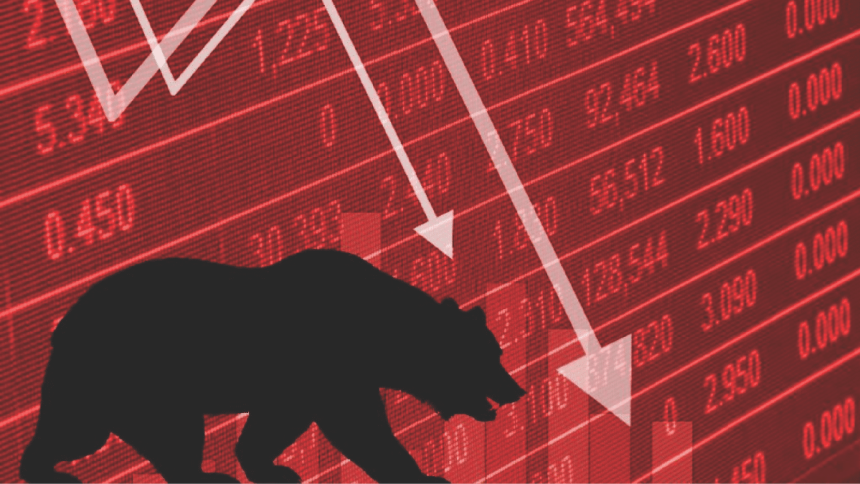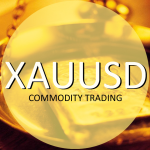Is stagflation coming, or is it already here – Some Thoughts & Questions?
Oct 14, 2022
VOT Research Desk
When words like “Stagflation” start to appear in the news, commodities are frequently one of the first asset classes people turn to.
Economists claim that this phrase merely confirms what we have all been thinking for a while: that central banks around the world are engaged in a losing battle against rapidly rising inflation, and that whatever steps they take now will not be sufficient to stop the inflationary pressures that are already beginning to build.
For the first time ever, all of the world’s major central banks, including the Bank of England, the European Central Bank, and the United States Federal Reserve, have joined forces this year to implement the most aggressive monetary tightening cycle since the early 1980s.
And thus far, the inflation has barely been affected by such attempts.
The U.S. Consumer Price Inflation Report for September has undoubtedly crushed any hopes that price pressures had peaked, if anyone had any, for inflation to peak this year.
In the United States, consumer price inflation in September increased at its quickest rate in four decades, recording its greatest annual gain since 1982, according to data released this week.
Many experts believe that because inflation shows no indications of slowing down, the world may soon see stagflation, something that hasn’t happened in many years.
The stagflationary jolt of 2022 will be global in scope, with conflicting growth and inflation forecasts in the majority of nations and a variety of distinct variables accelerating the trend simultaneously. Similar patterns sudden jump in costs and a drop in activity over the previous few months—can be seen playing out in country after country.
Since there are few monetary weapons to combat it, officials are terrified by the threat of stagflation returning. Raising interest rates could cut inflation, but doing so would further slow down the economy’s growth. Meanwhile, maintaining lax monetary policy runs the danger of raising prices.
There is simply no disputing that because they dragged their feet on hiking rates last year, international policymakers are now entangled in a self-created vicious spiral.
In case that wasn’t trouble enough, the Federal Reserve and other central banks now have to deal with OPEC’s recent agreement to reduce oil production by 2 million barrels per day.
While the economies of the United States and Western Europe would prefer to see oil prices around $50 per barrel. Saudi Arabia and its allies seek to maintain oil prices at around $100 per barrel, including Russia. The cartel has already shown that it is willing to go to any extent to maintain high oil prices, which will ultimately drive inflation.
So where would prices go after that?









